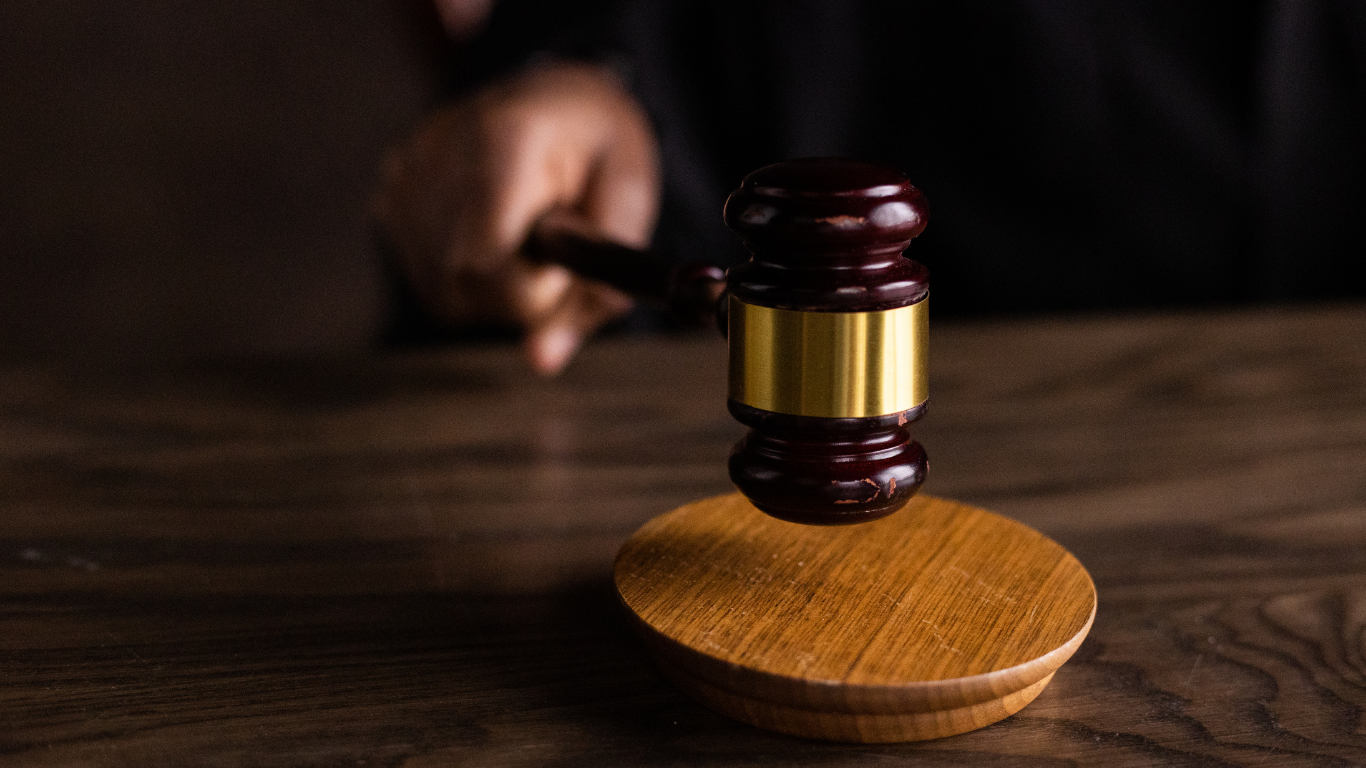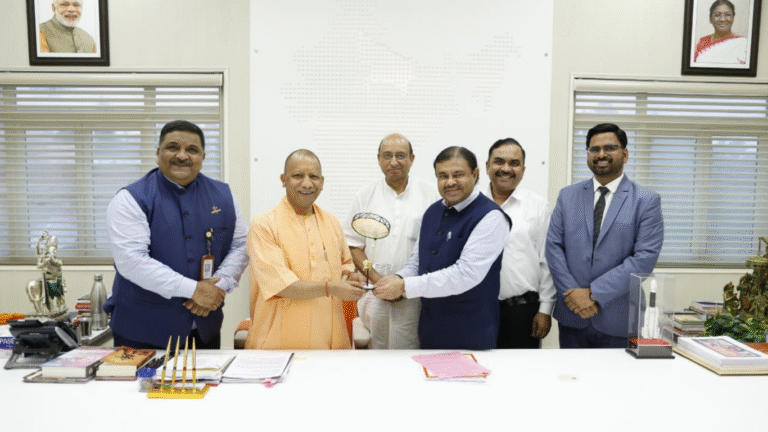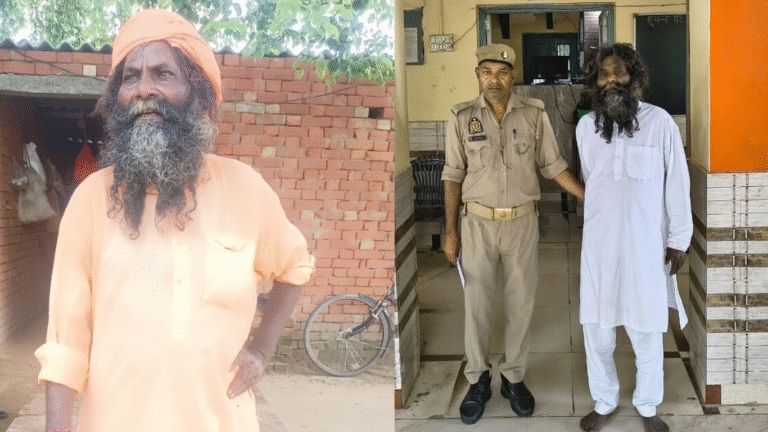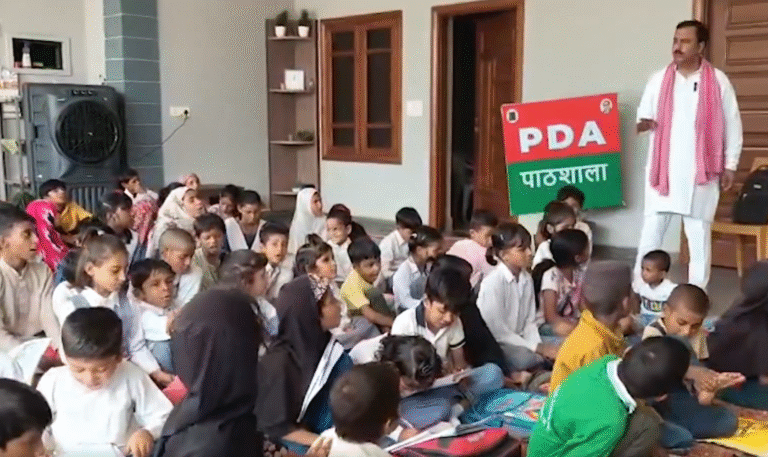
Lucknow, July 11, — The Lucknow bench of the Allahabad High Court has given a green light to the Uttar Pradesh government’s plan to merge around 5,000 primary and upper primary schools with fewer than 50 students. On July 7, Justice Pankaj Bhatia dismissed two petitions challenging the state’s June 16 order, calling the merger a step toward better education and resource use. This decision is a big win for the Yogi Adityanath government, which says the move will improve schools and help students.
Why the Merger?
The state’s plan, rolled out by the Basic Education Department, targets schools with low enrollment—some with as few as 15 students or even none. The idea is to combine these smaller schools with nearby larger ones, creating “paired” or composite schools. The government argues this will make better use of teachers, buildings, and other resources while improving education quality. According to officials, many small schools struggle with limited staff and outdated facilities, which hurts learning. By merging them, students can access better classrooms, more teachers, and modern tools like digital learning.
The plan aligns with the National Education Policy (NEP) 2020, which encourages consolidating small schools to strengthen education systems. The state also plans to turn some low-enrollment schools into Bal Vatika centers for early childhood education, a key focus of the NEP.
The Court Battle
The decision wasn’t without pushback. Fifty-one students from Sitapur, along with another petitioner, challenged the merger in court. Represented by advocates L.P. Mishra and Gaurav Mehrotra, they argued that moving kids to schools farther away—sometimes 1 to 2.5 kilometers—would make it harder for them to attend, especially in rural areas. They claimed this violated Article 21A of the Constitution, which guarantees free and compulsory education for children aged 6 to 14.
The petitioners also pointed to the Right to Education (RTE) Act, saying schools should be within one kilometer of students’ homes. They worried that longer travel distances could lead to dropouts, especially for young kids. But the court disagreed. Justice Bhatia ruled that the merger doesn’t violate Article 21A or the RTE Act. He noted that the state can provide transportation or other support if needed, and the policy allows exceptions for kids who face long commutes. The court also said expecting a school for every 300 people within one kilometer is unrealistic, given UP’s 24 crore population.
What the Government Says
The state, represented by Additional Advocate General Anuj Kudesia and others, defended the merger as a practical fix. They pointed out that some schools had no students at all, wasting resources. “This is about quality, not just buildings,” a government spokesperson said, as reported by the Times of India. The merger, they argue, will create stronger schools with better facilities and more opportunities for teamwork and project-based learning.
The court agreed, saying the policy is a “transformative structural reform” that supports the NEP’s goals. It also stressed that the government must ensure no child is left without education due to the changes.
Voices from the Ground
The decision has sparked mixed reactions. Some parents and teachers welcome the move, hoping it brings better schools. But others worry about the impact on rural kids.
Opposition leaders, like SP chief Akhilesh Yadav and BSP’s Mayawati, have called the plan “anti-poor,” arguing it could limit access to education for kids in remote areas. They’ve urged the state to focus on improving existing schools instead.
What’s Next?
With the court’s backing, the state is moving forward with the merger in phases. The education department is working to ensure smooth transitions, including transport for students where needed. The focus now is on making sure no child is left behind, as the court directed.
This ruling strengthens Uttar Pradesh’s push for education reform, but it’s not the end of the debate. For now, the state is forging ahead, aiming to build a stronger, more efficient school system.
Stay tuned for updates as the merger plan rolls out across Uttar Pradesh.



